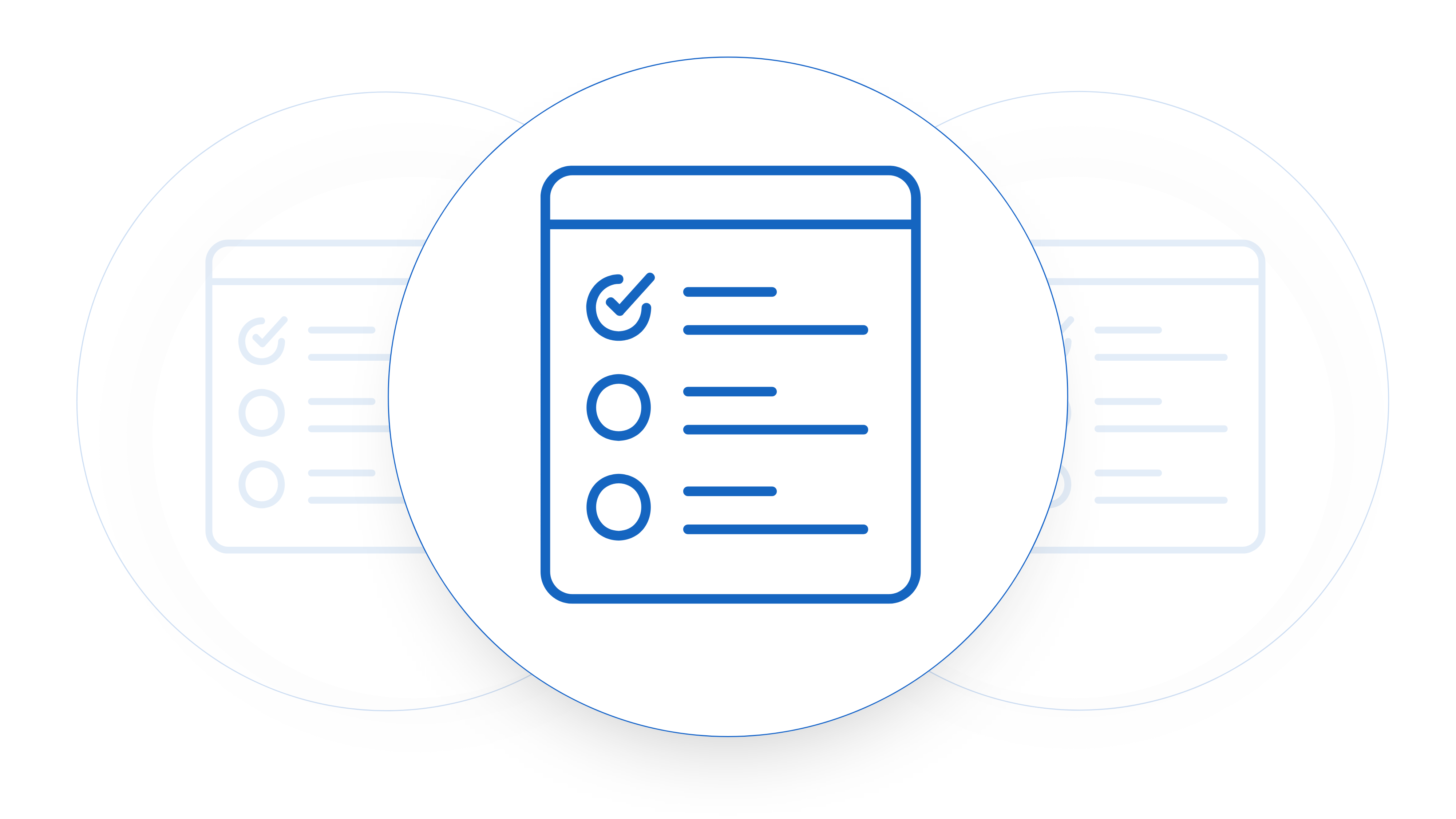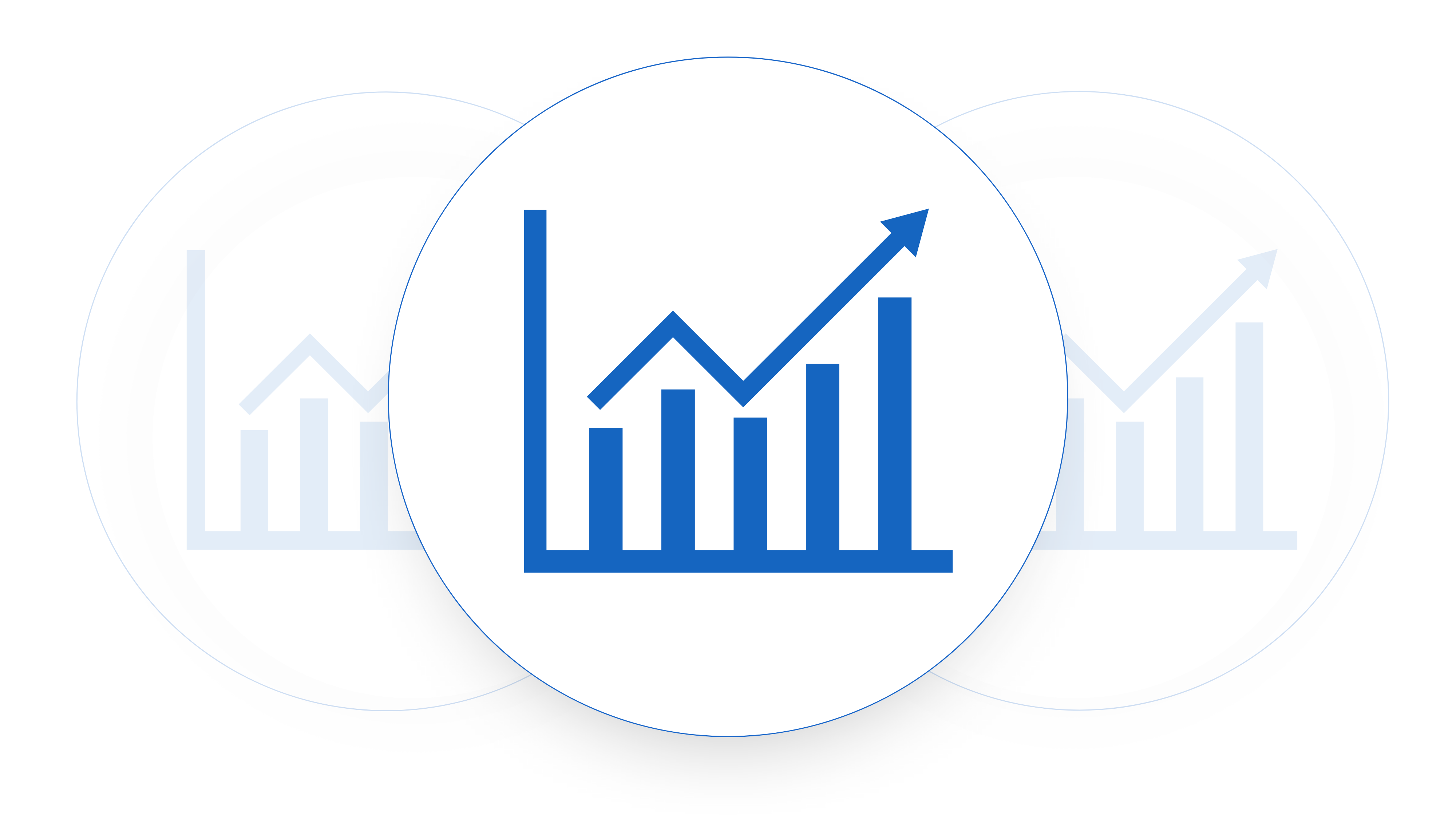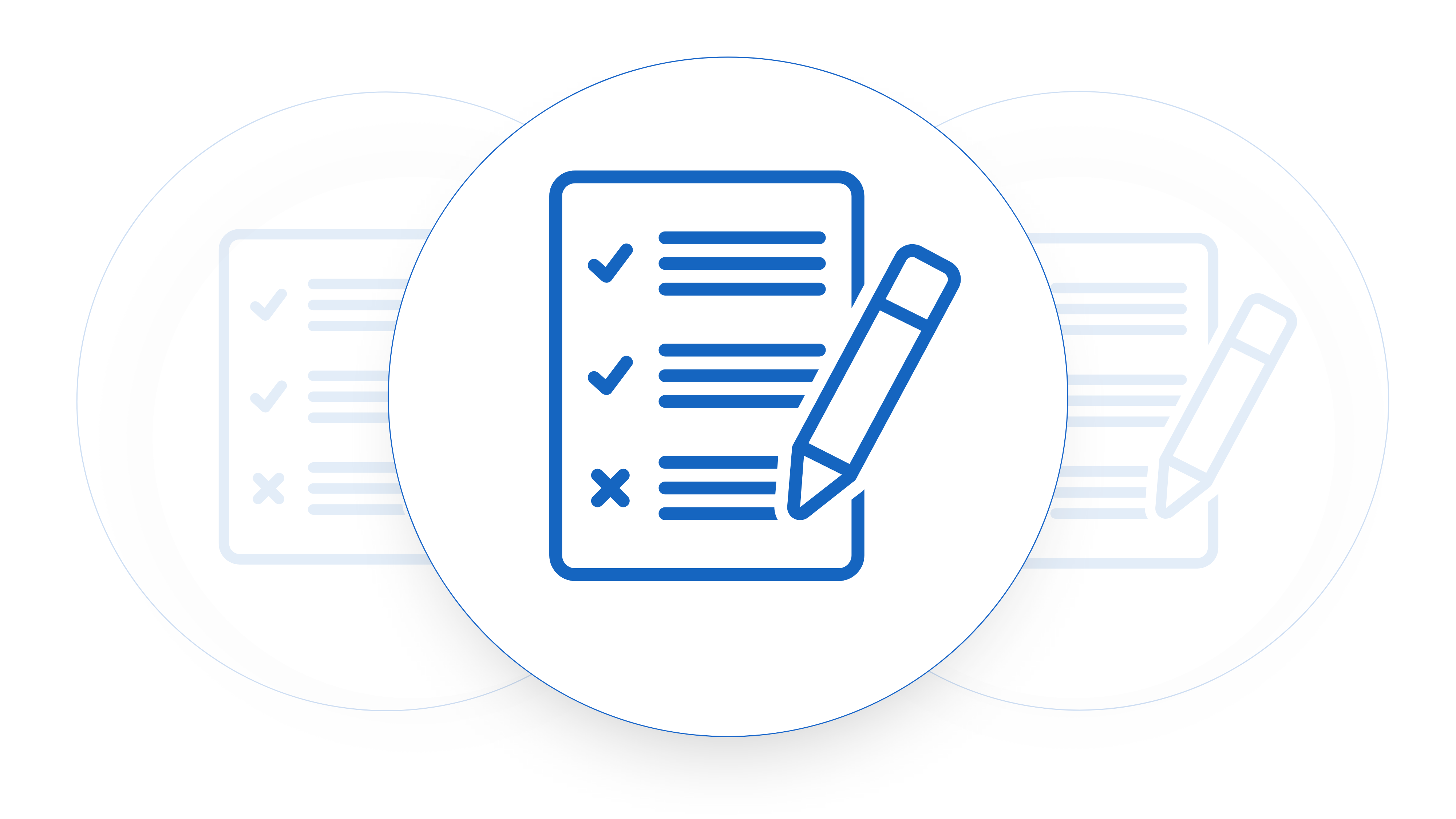Software as a Service (SaaS) has emerged as a transformative model for delivering software. However, with companies that are scaling up quickly using this model comes unique legal complexities. In particular during the procurement process for new customers. This article looks to discuss how companies can integrate contract management with procurement processes. We provide insights into several potential legal issues SaaS providers may encounter when selling their software products and then looks are how contract management can help with this.
Issues that arise
Firstly, it’s crucial to discuss data privacy and security. With the global trend towards stronger data protection regulations, such as the General Data Protection Regulation (GDPR) in Europe and the California Consumer Privacy Act (CCPA) in the U.S., SaaS companies must ensure that they are compliant with all relevant laws in the jurisdictions they operate in. Procurement often involves the exchange of sensitive information, which if mishandled, can lead to severe penalties for non-compliance. SaaS vendors should have robust privacy policies and employ strict security measures to protect customer data.
Intellectual Property (IP) rights are another key legal concern. SaaS is not sold outright but provided as a service, which means that the ownership of the software remains with the company. It’s essential to have clear agreements outlining the terms of use and rights granted to the customer. This can include licensing and usage rights, even after a customer has stopped being a customer. Clarity about IP rights can help avoid legal disputes down the line.
Liability issues are also paramount. The SaaS model often involves multiple players – the software producer, the end-user, and sometimes intermediary resellers. If something goes wrong, like software malfunctions or a security breach, who takes responsibility can become a legal quagmire. Clear and comprehensive liability clauses in service agreements can mitigate this risk.
Contractual challenges can arise in a SaaS procurement process too. The terms and conditions of service must be precise, capturing areas such as service levels (SLAs), termination rights, and refund policies. Also, due to the global nature of SaaS, these contracts must be tailored to be enforceable across different jurisdictions, accommodating variations in law across borders.
Competition Law
Finally, competition laws are worth considering. As SaaS providers continue to grow, they must be careful not to engage in practices that could be seen as anti-competitive. Issues such as price-fixing or unfair exclusionary practices can lead to hefty fines and reputational damage.
These potential legal challenges underline the importance of proactive legal strategies for SaaS providers. They should seek sound legal advice during the procurement process, ensuring that their contracts, data protection policies, and business practices are compliant with all relevant laws.
While the SaaS model offers significant advantages for software delivery, it is not without its legal complexities. These can be navigated successfully with appropriate attention to detail, rigorous compliance measures, and knowledgeable legal guidance. As with most things in business, prevention is always better than cure.
Redline What Matters
Raise Changes For Approval To Turnaround Contracts Faster
How to Integrate Contract Management with Procurement
A successful procurement process starts with efficient contract management. All contractual commitments between a company and its customers need to be accurately captured, monitored, and managed. This necessitates a robust contract management system that can handle the creation, storage, and monitoring of contracts effectively.
When integrating contract management with procurement, it’s important first to digitize your contracts. This includes both customer contracts and vendor agreements. Digitization offers easy access and better visibility into the contract terms, critical dates, and obligations. It eliminates the risk of misplacing physical contracts and enables efficient tracking of contract status. Contract Sent does this by building a database of your contract details and allowing you to track this on a clear dashboard.
The next step in integration is standardizing contract templates. Customizing each contract for every client can be time-consuming and error-prone. Standardized templates that include essential elements such as terms of payment, product specifications, and service levels can streamline the process. They also provide a foundation for negotiation and ensure legal compliance.
Furthermore, when you aim to integrate contract management with procurement effective communication plays a pivotal role in integrating contract management with procurement. It is necessary to keep all stakeholders informed about the terms of the contract. With Contract Sent task management has been built out so that it’s clear who is responsible for certain tasks and when they are due. Clear communication ensures that all parties understand their responsibilities and are aligned in their objectives.
A central aspect of contract management is managing deadlines and key deliverables. An integrated system should provide alerts for upcoming contract milestones, renewals, or expirations. These reminders ensure that nothing falls through the cracks – Contract Sent does this with notifications, leading to uninterrupted service for customers and maintained contractual compliance.
1. Contract Terms Tracking
Finally, performance tracking is an essential part of this integration. The contract management system should allow for easy tracking and measurement of supplier performance against contract terms. This can help in identifying any issues early and taking timely corrective action.
The benefits of integrating contract management with procurement are immense. It allows for better risk management, increased compliance, and improved efficiency. Most importantly, it leads to enhanced customer satisfaction, as a well-organized, streamlined process reflects positively on the company’s professionalism and reliability.
In integrating these processes, a company might choose to use specialized contract management software. This software can automate many of the steps mentioned above and offer features like digital signatures, automated reminders, and analytics.
However, it’s essential to remember that technology alone is not the solution. A shift in business culture towards a more collaborative and integrated approach is equally important. The entire organization, especially the sales, procurement, and legal teams, need to work in unison and understand the value of this integration.
Integrating contract management with procurement is not a one-time project but a continuous process that requires constant review and refinement. The ultimate goal is to create a transparent, efficient, and compliant process that benefits the company and its customers. As businesses continue to evolve, those that can successfully integrate these processes will undoubtedly have a competitive edge.











